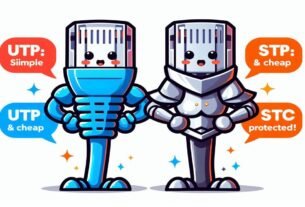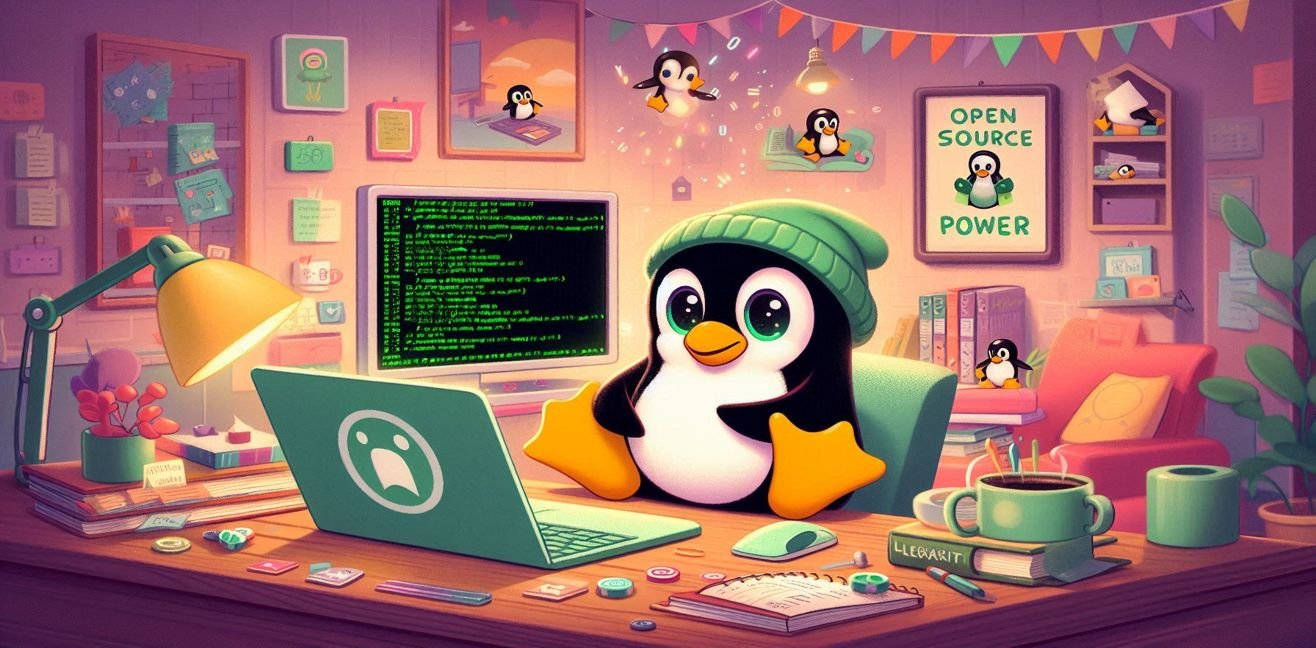🌍 The Rebellious Philosopher of the Digital World
In the world of computers, there are some names that don’t just write lines of code, but actually build a philosophy. Richard Matthew Stallman (RMS) is exactly one of those figures.
Don’t think of him as an ordinary “programmer,” babe; he’s practically the philosopher of the digital age. The only difference is, instead of a book in his hand, he’s got the Emacs editor. 😏
🏛 The MIT Years and the First Rebellion
Stallman’s story begins in the 1970s at the MIT Artificial Intelligence Lab. At that time, software was generally freely shared tools.
But then what happened? 💸 Commercial companies stepped in, locked up the code, and hid the source files.
Imagine this, my love: you’re baking a cake 🍰 but nobody gives you the recipe. “You can eat it, but you’re not allowed to learn.” That was the mindset, and Stallman rebelled against it.
To him, software was part of scientific knowledge, and hiding knowledge meant chaining the progress of humanity.
🔥 The GNU Project: “I Will Build a Free World”
In 1983, Stallman made a radical decision:
“I will create a completely free operating system.”
Thus, the GNU Project was born.
GNU stands for “GNU’s Not Unix” (yep, geek humor that references itself 🤓).
The goal was clear: a system as powerful as Unix, but under a free license. Meaning anyone could study it, modify it, and share it.
📜 GPL: The Constitution of Software
Stallman didn’t just write code; he also marched into the legal battlefield.
In 1989, he created the GNU General Public License (GPL).
The GPL is basically the Magna Carta of the software world.
The rules are simple but powerful:
- You can run the code as you wish.
- You can study the source code.
- You can modify it as you like.
- When redistributing, you must preserve the same freedoms.
So babe, this license is such a brilliant move that it blocks those sneaky ones who shout “I’m free!” but then try to lock up the code. 🔒❌
🐧 A Complicated Love Story with Linux
In 1991, Linus Torvalds wrote the Linux kernel. This kernel combined with GNU tools became what we now call “GNU/Linux.”
But here’s the twist: the world calls it Linux, while Stallman still insists on GNU/Linux.
Why? Because in his eyes, “without my GNU project, Linux wouldn’t even exist.”
It’s basically the software world’s version of: “You couldn’t have done it without me, but you forgot my name.” 💔😂
💡 Stallman’s Technical Contributions
Stallman didn’t just give philosophical speeches; he delivered hard technical work too:
- Emacs: Written in 1976, and still alive today. (Though let’s admit it, sometimes it feels like a full operating system on its own 🤯).
- GCC (GNU Compiler Collection): The backbone of modern software development, capable of compiling C, C++, Fortran, Ada, and more.
- GDB (GNU Debugger): The sacred sword we wield when fighting bugs. ⚔️
Without these tools, many of today’s software development processes would literally collapse.
🎭 The Quirky Side of Stallman
Stallman is also one of the most colorful characters in the software world:
- He once declared himself “St. IGNUcius” and showed up on stage wearing a robe. 😂
- He never lives without taping over his laptop camera.
- He snaps if you call him an “open source” advocate. For him, it’s not about practical benefits, it’s about ethics.
🌐 Why Does He Still Matter?
Today, from Android phones to the very backbone of the internet, countless systems stand strong thanks to GNU tools.
And without the GPL, companies would likely have already swallowed up free software and turned it into monopolies.
So babe, some might call him “too stubborn,” but without Stallman, we’d probably be reading these lines not on a free browser, but inside a closed, restricted system.
✊ Final Words
Richard Matthew Stallman is not just a programmer; he’s a freedom fighter of the software world.
To some, he’s stubborn; to others, a hero. But one thing is undeniable: without him, the tech world would be far less free.
And remember, my love: RMS’s message is simple — code is more beautiful when it’s shared. 💖




